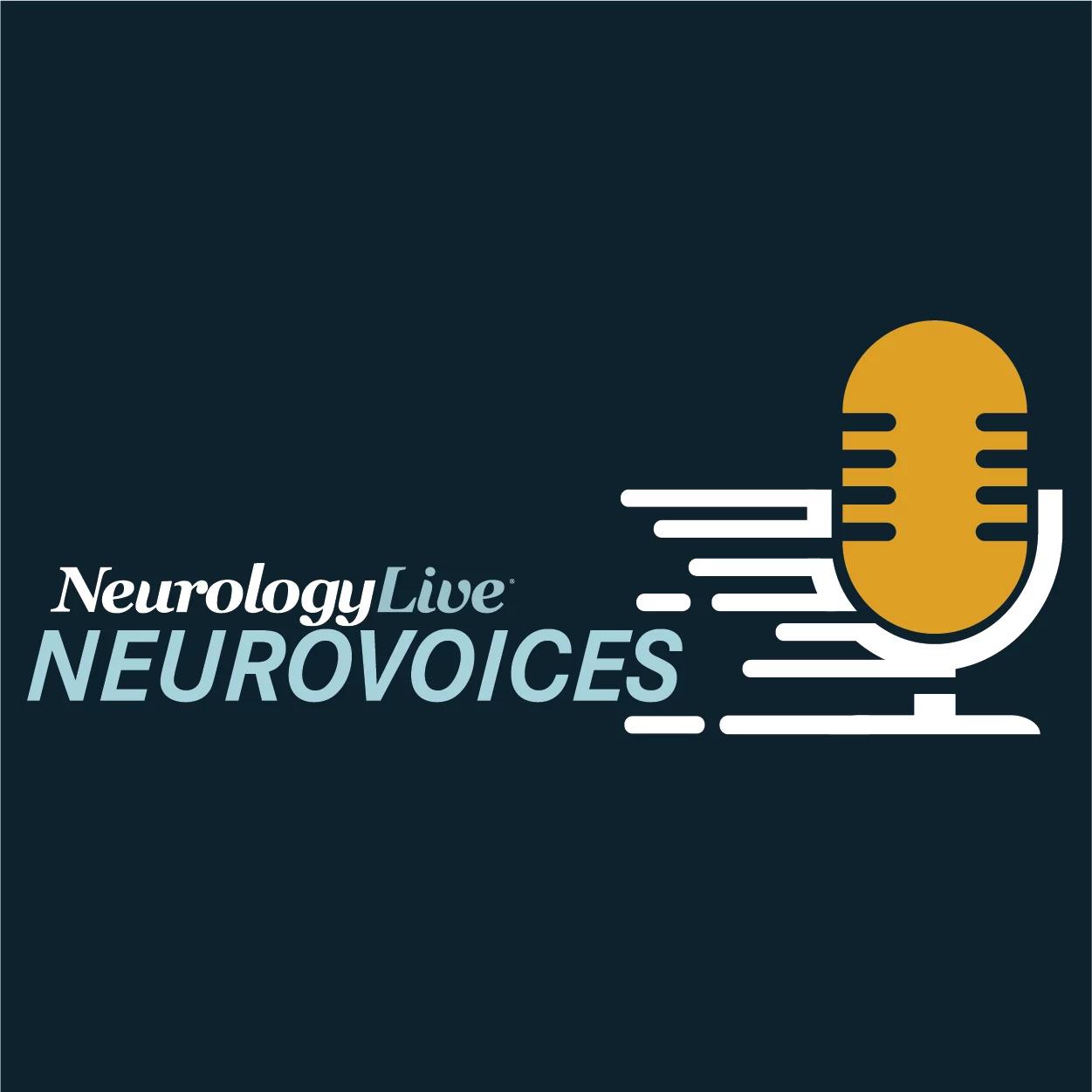News
Article
Gene Therapy LX2006 Positively Impacts Cardiac Biomarkers of Friedreich Ataxia, Clinical Data Show
Author(s):
LX2006 shows safety, tolerance, and significant improvements in cardiac biomarkers in FA cardiomyopathy, progressing to higher dose cohorts.
Eric Adler

Newly announced interim data from the phase 1/2 SUNRISE-FA clinical trial (NCT05445323) and an investigator-initiated phase 1a trial (NCT05302271) showed that LX2006 (Lexeo Therapeutics), an investigational gene therapy, was safe and well tolerated, with meaningful improvements in cardiac biomarkers among patients with Friedreich ataxia (FA) cardiomyopathy. An independent data and safety monitoring board has ruled that the drug may proceed to an additional higher dose cohort expected to include at least 3 patients with the disease.1
SUNRISE-FA, an ongoing, dose-ascending, open-label trial, includes approximately 9 individuals with FA-associated cardiomyopathy who are followed for a 52-week period. The other study, an investigator-initiated trial, is conducted at a single center assessing 2 ascending-dose cohorts with 5 participants per cohort. Across both trials, as of July 15th, 13 participants had been dosed: cohort 1 (1.8 x1011 vg/kg; n = 6), cohort 2 (5.6 x 1011 vg/kg; n = 6), and cohort 3 (1.2 x 1012 vg/kg; n = 1).
Between both studies, interim data revealed that treatment with LX2006 resulted in no treatment-related serious adverse events (AEs), as well as no signs of complement activation or other immunogenicity. LX2006, an adeno-associated viral-based gene therapy delivered intravenously, resulted in no cardiac or hepatic safety signals and AEs that were transient and resolved. In addition, no patients on either study discontinued treatment or the trial.
"We are very encouraged by these data and the potential of LX2006 to treat FA cardiomyopathy, a devastating and fatal condition with no currently approved therapies," Eric Adler, chief medical officer and head of research at Lexeo, said in a statement.1 "Based on the favorable safety profile and clinical benefits observed to date, we are excited to explore expedited clinical development of LX2006, including potential for accelerated approval of this possibly life-saving treatment."
In FA, frataxin deficiency leads to impairment of iron-sulphur cluster synthesis, and consequently, ATP production abnormalities. Frataxin expression, evaluated through myocardial biopsy, was increased in 3 of 3 evaluable participants using liquid chromatography, and increased in 2 of 2 evaluable participants using immunohistochemistry.
Of participants with elevated left ventricular mass index (LVMI), 75% achieved at least a 10% reduction at 12 months (n = 4), Within this group, mean reduction in LVMI was 11.4% at 12 months (n = 4) and 18.3% at 18 months (n = 2). Using the wider cohort, 50% of all participants achieved at least a 10% reduction at 12 months (n = 6). In terms of left ventricular lateral wall thickness, treated patients showed an average reduction of 13.6% by month 12. Troponin 1, a biomarker of myocardial injury, was reduced by 53.3% on average in all participants at 12 months (n = 5).
"The interim data shared today demonstrate clinically meaningful improvements across multiple cardiac biomarkers of hypertrophy, a hallmark of FA cardiomyopathy," Sandi See Tai, chief development office at Lexeo, said in a statement.1 "Together with the increases in frataxin protein expression observed in SUNRISE-FA cardiac biopsies to date, these results further highlight the potential of LX2006 to positively impact outcomes for people with FA cardiomyopathy. I would like to thank the participants, caregivers, and investigators participating in these trials who have helped to achieve this important milestone."
In its update, the company noted that the Well Cornell investigator-initiated trial is currently enrolling in cohort 2. Additionally, greater detail on the interim results are expected to be presented at a scientific conference later this year.
In addition to progressive ataxia, patients with FA often develop a cardiomyopathy that can be hypertrophic. This cardiomyopathy is unlike the sarcomeric hypertrophic cardiomyopathies in that the hypertrophy is associated with massive mitochondrial proliferation within the cardiomyocyte rather than contractile protein overexpression. This is associated with atrial arrhythmias, apoptosis, and fibrosis over time, and patients often develop heart failure leading to premature death.2




